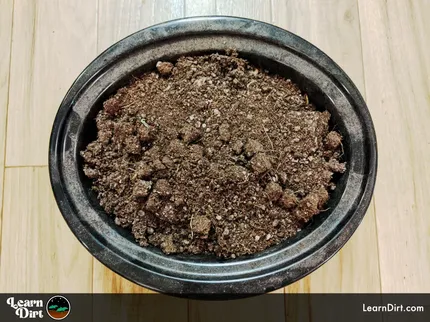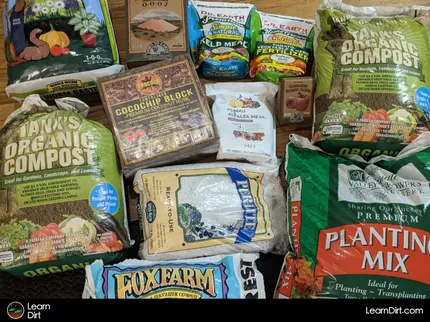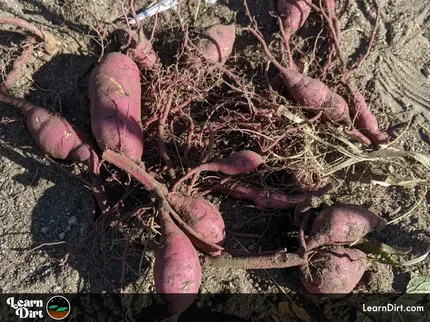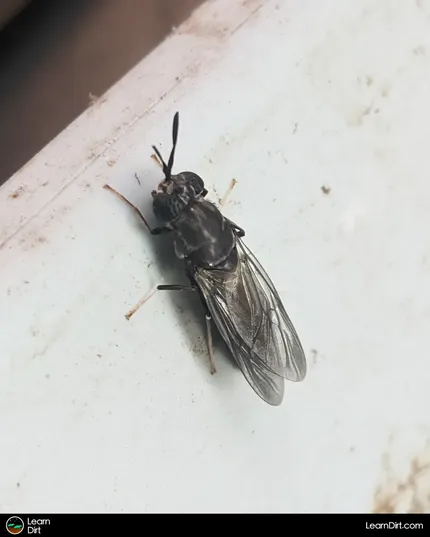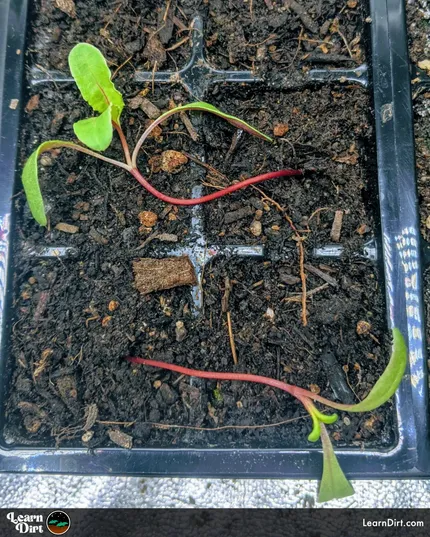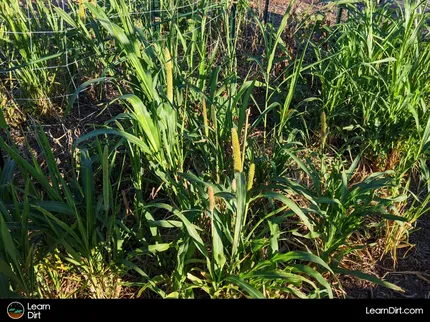Table of Contents
- What Are Fungus Gnats?
- Where Do Fungus Gnats Come From?
- Do Fungus Gnats Cause Garden Problems?
- Why Do I Have Fungus Gnats in My Planters?
- How Do I Get Rid of Fungus Gnats
* Our articles never contain AI-generated slop *
If you've ever had a fungus gnat fly up your nose, you know just how obnoxious and personal-space-invading these critters are.
What's that, you've never had a fungus net fly up your nose you say? Well aren't you lucky... But you still might want to get rid of them!
Fungus gnats are a common problem with indoor plants, greenhouse plants, and indoor seed starting. You'll often see them fluttering around your soil blocks and seedling trays.
Disclaimer: This post may contain affiliate links. Refer to the privacy policy for more information.

yellow sticky cards like this can help monitor and control them indoors
What Are Fungus Gnats?
Fungus gnats are gnats that love fungus!
Essentially they're far more interested in rotting plant matter and mold than they are in your plants. You may notice them skittering around the top of your soil - ignoring your plants entirely.
Where Do Fungus Gnats Come From?
Fungus gnats come from the soil. There are likely fungus gnats in any soil you buy, beg, borrow, or steal.
I do not suggest baking your dirt, as this will completely kill all life in it (except when you need to sterilize and reinoculate it.)
Do Fungus Gnats Cause Garden Problems?
Adult fungus gnats are annoying, but they don't cause any problems for plants or people.
Fungus gnat larvae, however, can cause substantial damage to plant roots – especially on young seedlings. For this reason, it's important that you address fungus gnat problems in your seed-starting area.
Join The Grower's Community
Looking for a place to meet growers,
ask questions, share knowledge, be heard,
and feel like you belong? 🌱
Check It Out!
Why Do I Have Fungus Gnats in My Planters?
TL;DR: You're overwatering.
Fungus gnats love fungus, and fungus loves waterlogged soil.
Fungus gnats love dirt that's been too wet for too long.
Soil that doesn't get a chance to dry out will breed these pests. Fungus gnats thrive in soil that's compacted and has poor aeration.
Soil that doesn't drain can cause you mold growth and gnats. If the soil has too much peat, it will trap in moisture and you'll see fungus gnats. They love when you water your plants every day.
Don't forget to add perlite or sand to your seed-starting mix recipes. These will help the soil to drain better, reducing the likelihood of fungus gnat problems.
Don't give fungus gnats conditions that they love, and they won't thrive so well in your planters.
How Do I Get Rid of Fungus Gnats
Water Less
The most obvious solution is for you to water less. Reduce the frequency of your watering, or give your plants less water each time you do.
Use Potting Soil
Another fix is to use potting soil in your containers instead of garden soil or topsoil. Potting soil is much fluffier and more airy - and it drains better.
That means it won't get swamped like the dirt you dug up from your back yard will.
SF Nematodes
Commonly referred to as "SF Nematodes", Steinernema feltiae is a beneficial species of nematode known for parisitizing eggs and larvae of many soil-born insects.
Fungus gnat larvae happen to be one of Steinernema's specialties, and because fungus gnats spend their larval stage in the soil this nematode friend is one of the best ways to nip gnats in the bud, so to speak.
You buy SF nematodes from a beneficial insect provider such as Nature's Good Guys and mix them into a watering can or pump sprayer of water. You apply it to the soil, and let them get to work preventing future generations of fungus gnats, thrips, root knot nematodes, leafminers, weevils, and more!
Use Finished / Cured Compost
Unfinished compost is notoriously buggy. Anytime I use unfinished compost I end up with fungus gnats, flies, and an over-abundance of mites.
If you're using unfinished compost, I highly recommend you let it finish, and then cure for a couple of months before using it – especially indoors.
You can cure your compost in a plastic tote, bin, trashcan, or any storage container or grow bag, it just needs a few holes to allow minimal oxygen exchange, and you need to turn it every once in a while.
Curing compost in a bin with a lid allows for insect eggs to hatch, and for those bugs to die before you use that compost for your indoor seed starting or indoor planters. This will greatly reduce the insect population.
Additionally, curing compost allows it to break down further, which means less food for decomposers.
As the decomposers exhaust the rotting material in your compost, that will naturally fade into the background and let your plants take center stage.
Looking for ways to control other garden pests naturally? Check out the full guide here.
Dig Cool Merch?
That's all for now, thanks for reading!
If you have any questions, comments, or would like to connect with fellow gardeners, head on over to the forum and post there.

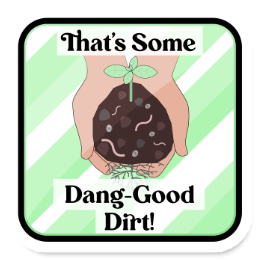
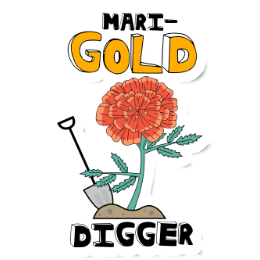

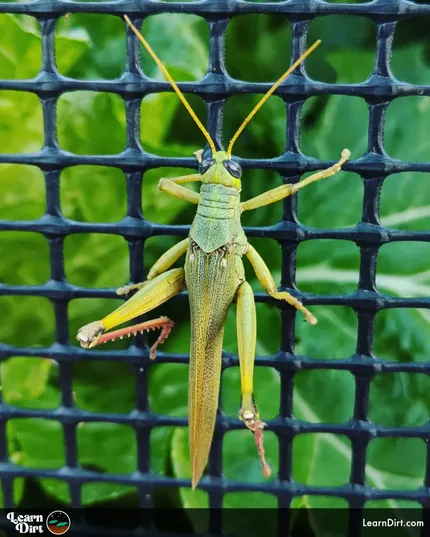
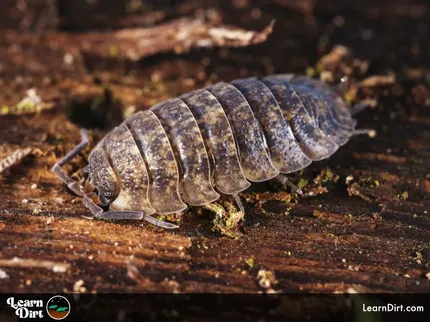
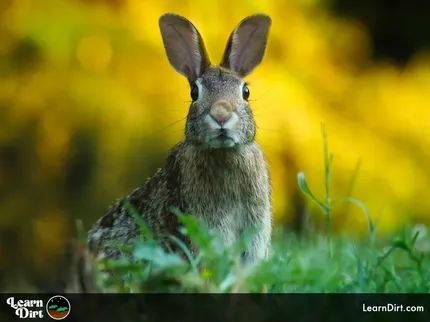



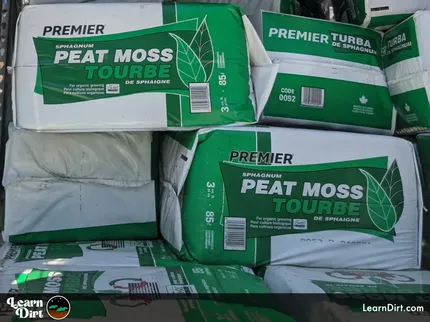
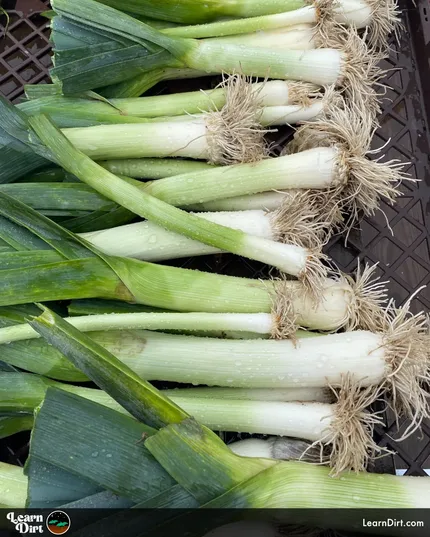
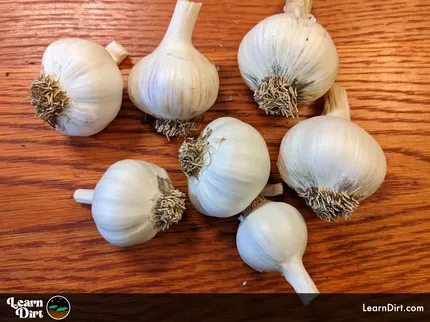
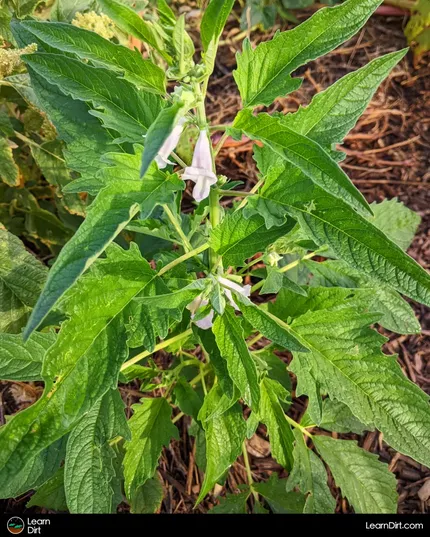
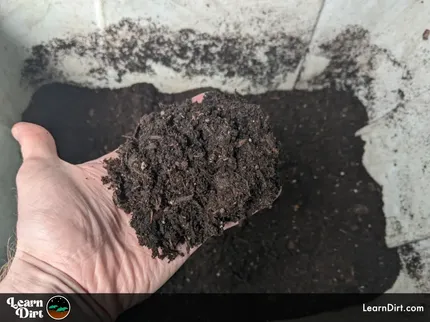
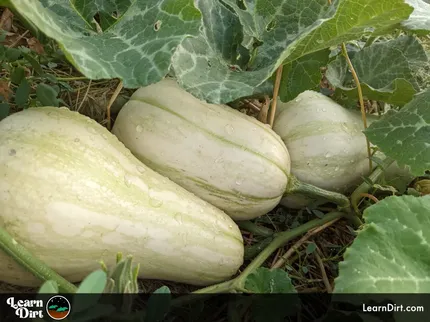
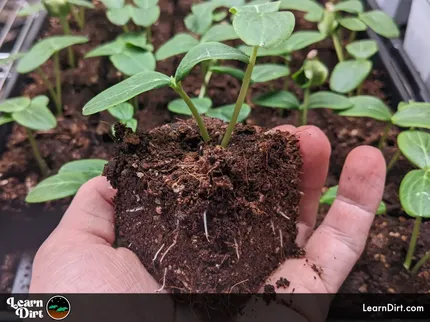
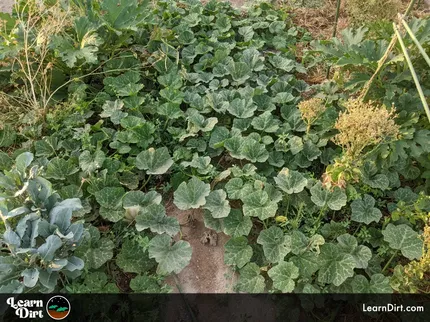
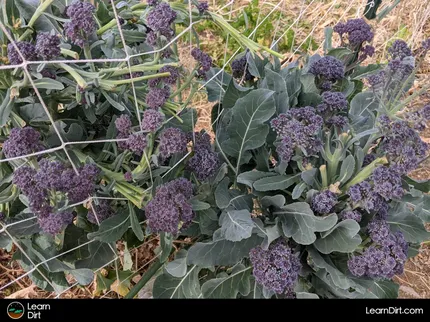


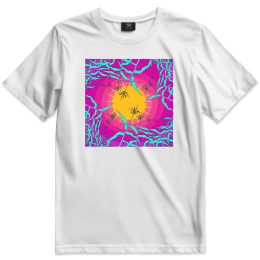
![Don't Till Away Your Carbon [Taffy] Sticker](/media/product_images/dont-till-away-your-carbon-[taffy]_sticker_260x260.png)
